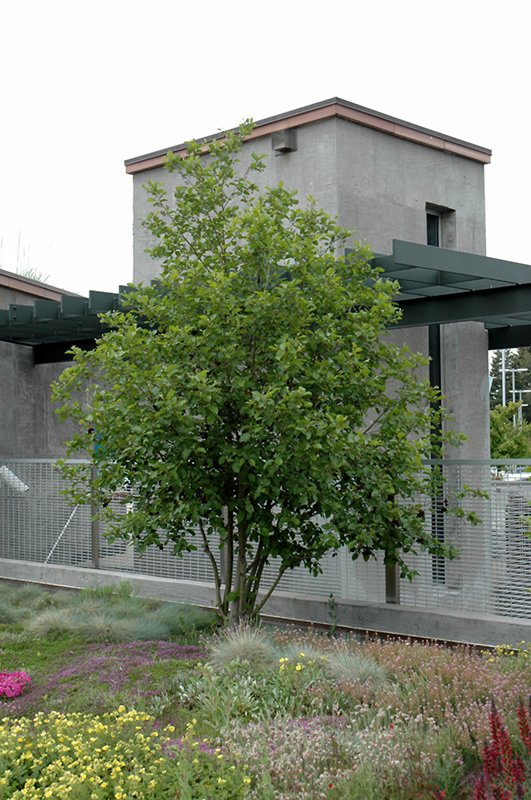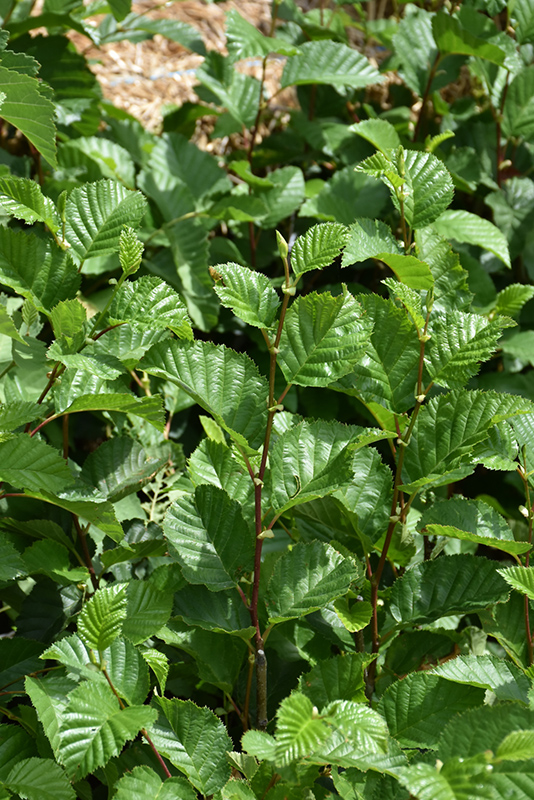Height: 30 feet
Spread: 25 feet
Sunlight:
![]()
![]()
![]()
Hardiness Zone: 2
Other Names: Thinleaf Alder
Description:
An extremely hardy small tree for difficult wet sites; no particularly striking ornamental features, but generally a neat, clean choice for landscape purposes
Ornamental Features
Mountain Alder has forest green deciduous foliage on a tree with an upright spreading habit of growth. The oval leaves turn yellow in fall.
Landscape Attributes
Mountain Alder is a deciduous tree with an upright spreading habit of growth. Its average texture blends into the landscape, but can be balanced by one or two finer or coarser trees or shrubs for an effective composition.
This is a relatively low maintenance tree, and is best pruned in late winter once the threat of extreme cold has passed. It has no significant negative characteristics.
Mountain Alder is recommended for the following landscape applications;
- Shade
- Naturalizing And Woodland Gardens
Planting & Growing
Mountain Alder will grow to be about 30 feet tall at maturity, with a spread of 25 feet. It has a low canopy with a typical clearance of 5 feet from the ground, and is suitable for planting under power lines. It grows at a medium rate, and under ideal conditions can be expected to live for 60 years or more.
This tree performs well in both full sun and full shade. It is an amazingly adaptable plant, tolerating both dry conditions and even some standing water. It is considered to be drought-tolerant, and thus makes an ideal choice for xeriscaping or the moisture-conserving landscape. It is not particular as to soil type or pH. It is somewhat tolerant of urban pollution. This species is native to parts of North America.








